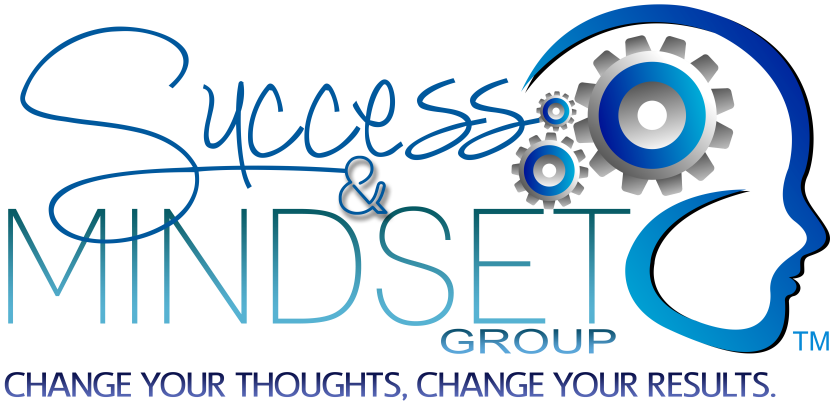As the month of March begins, we enter Brain Injury Awareness month. Just yesterday I watched a segment on the television program “60 Minutes” detailing last years ballistic missile shelling of an American base in Iraq. In the piece, there were hundreds of brain injuries secondary to blasts. Military personnel documented both physical and emotional consequences of that attack. My theme here and in another post will be on how often the injuries are not obvious, particularly emotional ones. Concussions have become part of the daily news. We continue to hear about the effects of concussion on athletes in various sports. Many of you may have watched the movie "Concussion" starring actor Will Smith as pioneering pathologist Dr. Bennet Omalu. It was Dr. Omalu who identified serious brain changes now known as chronic traumatic encephalopathy (CTE) in the late Pittsburgh Steelers football star Mike Webster. According to the Centers for Disease Control (CDC), 1.6 to 3 million Americans suffer concussions yearly. The estimated costs of such injuries including medical costs and lost productivity total over $60 billion annually. But how much have these brain injuries become part of daily life? Why should you care? Aren't they restricted to athletes or military personnel? The answer is no.
In a poll by National Public Radio/Truven Health Analytics of 3009 adults in 2016, it turned out that nearly a quarter of people — 23 percent of those surveyed — reported that they had suffered a concussion at some point in their lives. Among those who said they'd had a concussion, more than three-quarters had sought medical treatment. While a little under half of the concussions came from sports, the rest of the concussions did not. Have you known anyone who suffered a concussion if not yourself? I certainly know acquaintances who have suffered a concussion not in a sports context.
So what is a concussion? A concussion, also known as a mild traumatic brain injury (TBI), is caused by a bump, blow, or jolt either to the head or the body that causes the brain to move rapidly inside the skull. Loss of consciousness is not necessary for a concussion to occur. Not all blows or jolts to the head result in a TBI. A concussion changes how the brain normally functions. Concussions can have serious and long-term health effects, and even a seemingly mild 'ding' or a bump on the head can be serious. A concussion is considered a brain injury. The most frequent causes of non-sport related concussions include falls, being struck by blunt objects, and automobile accidents.
Signs and symptoms of concussion include headache, nausea, fatigue, confusion or memory problems, concentrational problems, sleep disturbances, or mood changes. Symptoms are typically noticed right after the injury, but some might not be recognized until days or weeks later. Sometimes, people do not recognize or admit that they are having problems. Others may not understand their problems and how the symptoms they are experiencing are impacting their daily activities. Having multiple concussions increases the risk of lasting physical, cognitive, behavioral, and emotional consequences. These all are stressful for patients and their families. For a fuller discussion of stress management issues, please see our book (I Can’t Take It Anymore: How to Manage Stress so It Doesn’t Manage You; Paul G. Longobardi, Ph.D., and Janice B. Longobardi, R.N., B.S.N., P.H.N.), available on Amazon at https://www.amazon.com/dp/1542458056 . For additional information about the authors and book, please visit our website at www.manageyourhealthandstress.com
The signs and symptoms of a concussion can be difficult to sort out. Early on, problems may be missed by the person with the concussion, family members, or doctors. People may look fine even though they are acting or feeling differently. Recovery usually occurs over several months but some research indicates that recovery can take significantly longer. Emotional outcomes such as depression, anxiety, and apathy can take longer to manifest. I will discuss these in more detail another time.
In rare cases, a dangerous blood clot may form on your brain if you have a concussion and crowd the brain against the skull. According to the CDC, contact your health care professional or emergency department right away if you have any of the following danger signs after a bump, blow, or jolt to the head or body:
Headache that gets worse and does not go away.
Weakness, numbness or decreased coordination.
Repeated vomiting or nausea.
Slurred speech.
The people checking on you should take you to an emergency department right away if you:
Look very drowsy or cannot be awakened.
Have one pupil (the black part in the middle of the eye) larger than the other.
Have convulsions or seizures.
Cannot recognize people or places.
Are getting more and more confused, restless, or agitated.
Have unusual behavior.
Lose consciousness (a brief loss of consciousness should be taken seriously and the person should be carefully monitored).
My intent is not to alarm. Most people recover normally following a concussion. However, as mentioned, recovery times vary and your symptomatology affects both your family and colleagues in a work setting. Do not hesitate to seek out care for yourself or a friend or loved one should you or they suffer a concussive episode.
As in all events of life, how you view and explain what happens influences how you feel and behave. Make all your thoughts helpful ones. Best of luck on your journey.
Dr. Paul Longobardi
For information on these and related topics, please see my website at www.successandmindset.com
